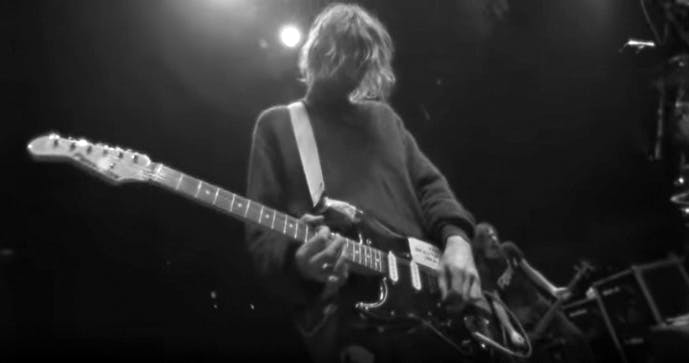The Kurt Cobain school of six-string was quite possibly the most anti-guitar hero in the history of the instrument. “Junk is always best… I use whatever I can find at junk shops,” the Nirvana man famously told Guitar World in 1992, of his preference towards second-hand, wallet-friendly equipment that, much like the man himself, avoided pretences in favour of a more simple and direct honesty.
While his greatest gift was inevitably his knack for penning underdog anthems that cut to the bone – razor sharp and raw at their core, then decorated with surrealist lyrics and Beatles-esque melodies – there are certain aspects of Kurt’s guitar work that would end up serving as his musical signature.
Here’s a look at a few of the key elements behind one of rock’s most revolutionary self-taught minds…








